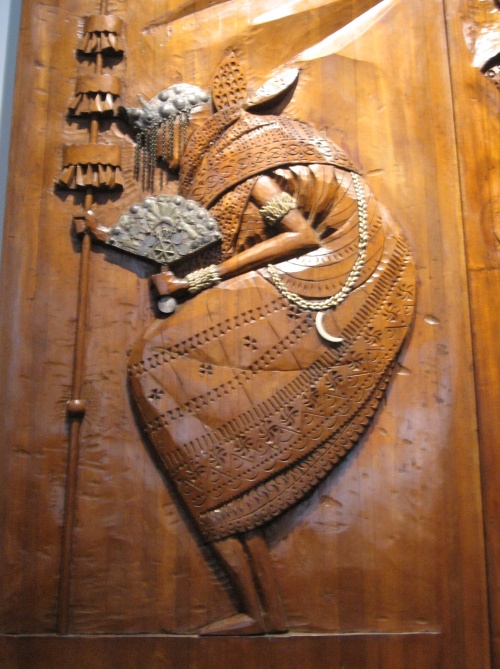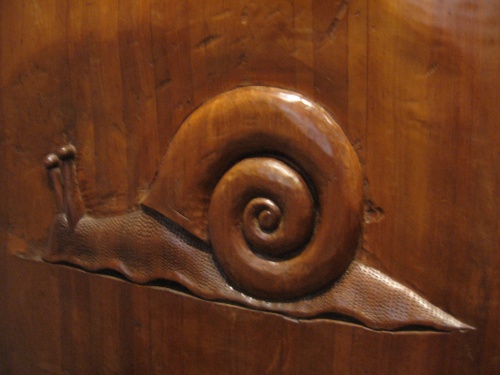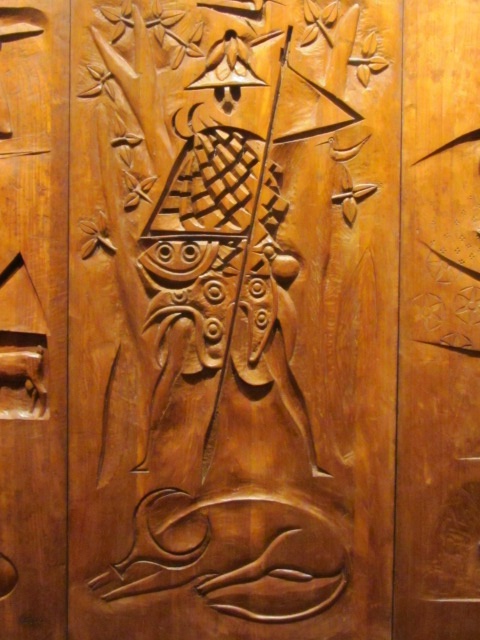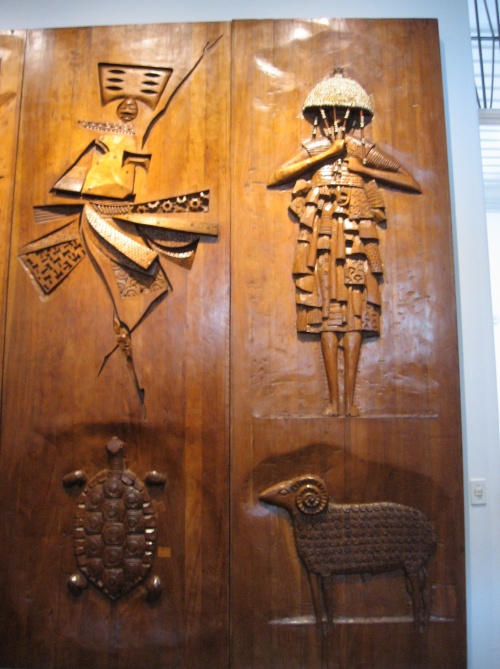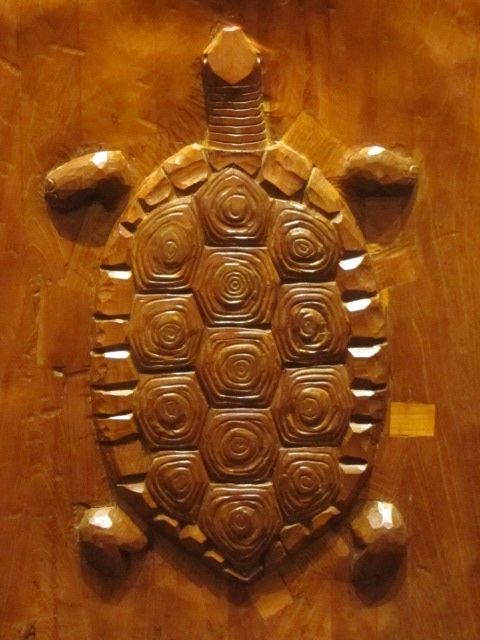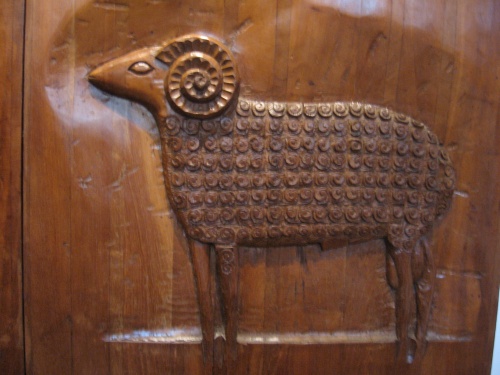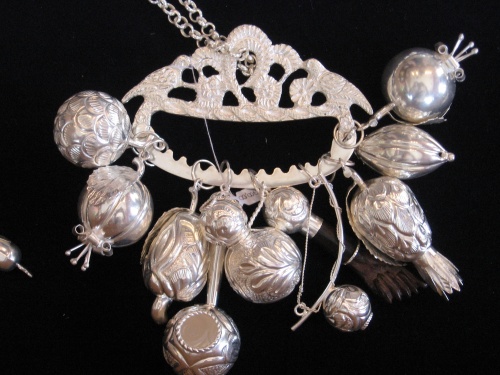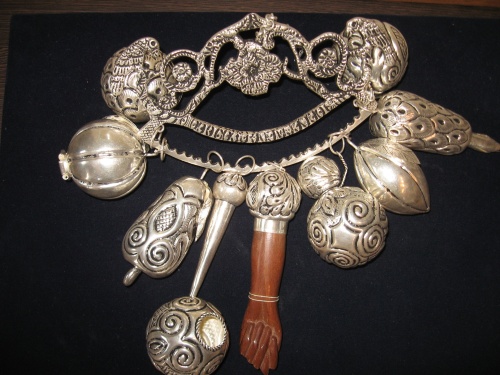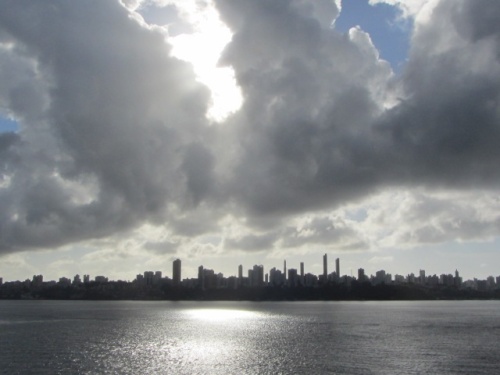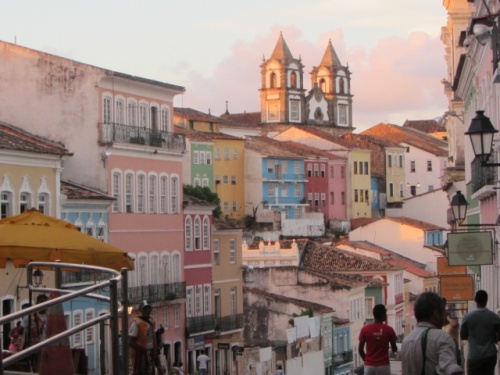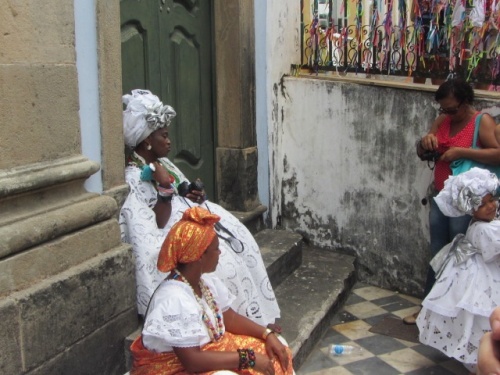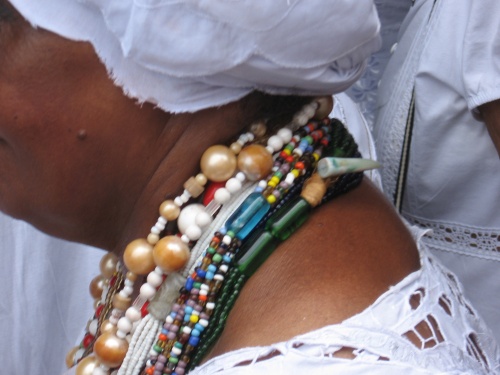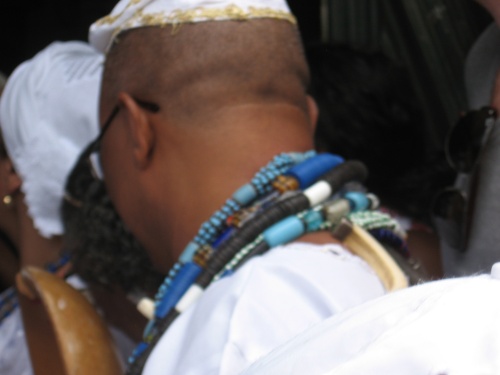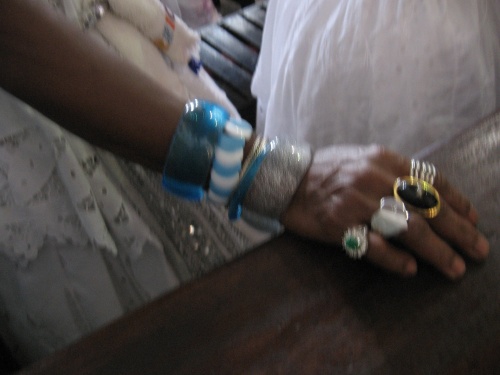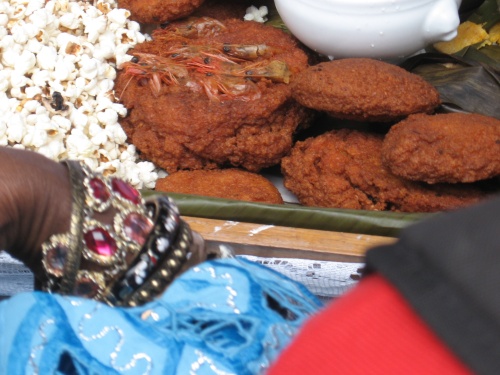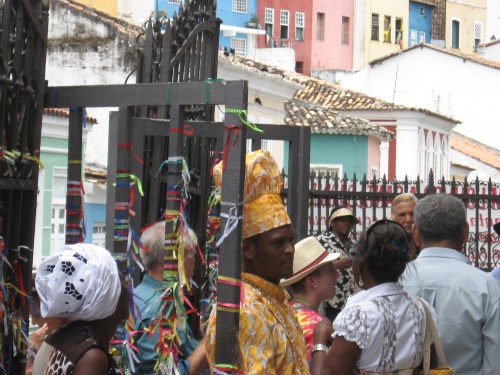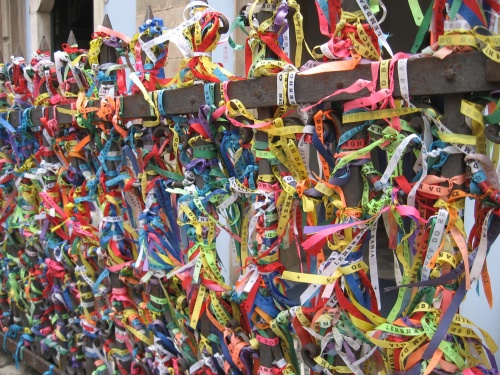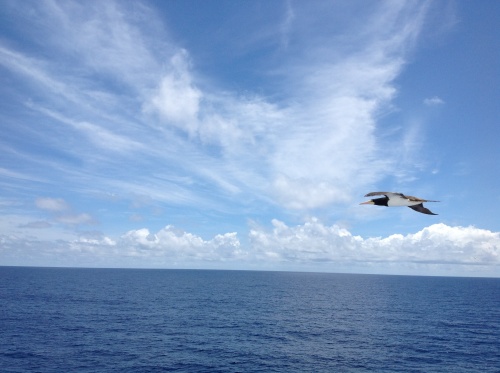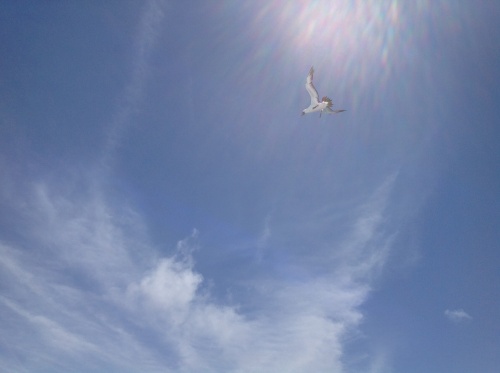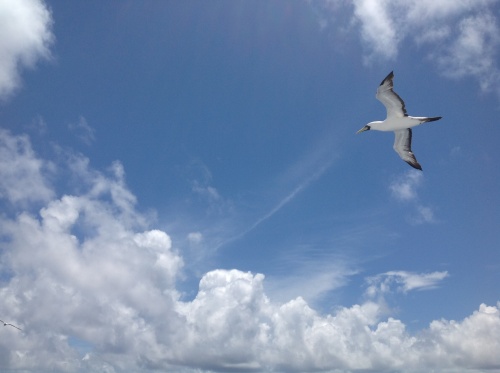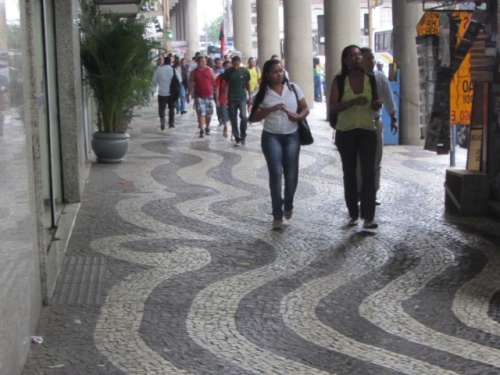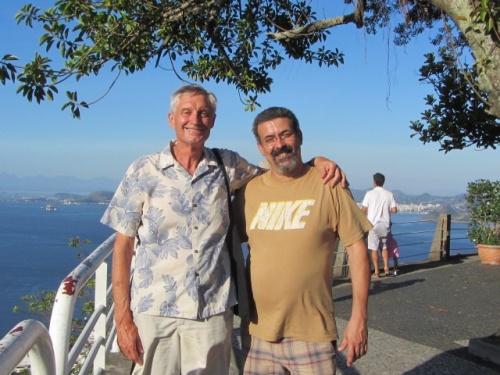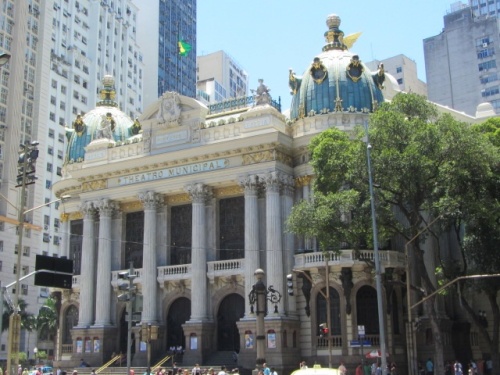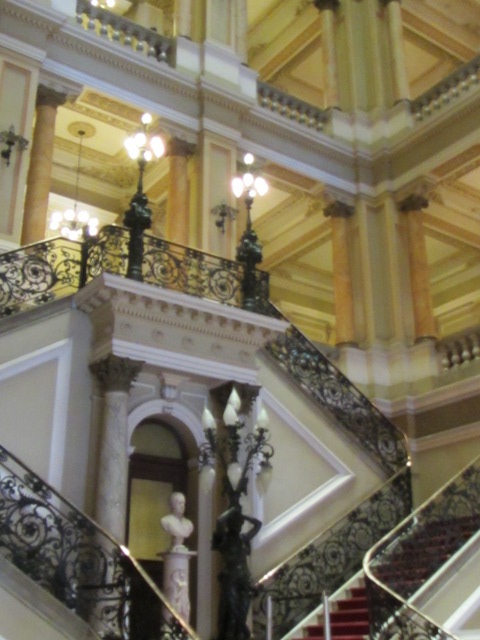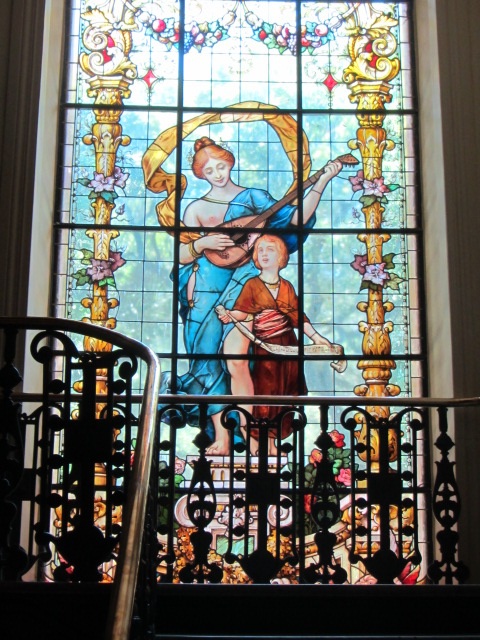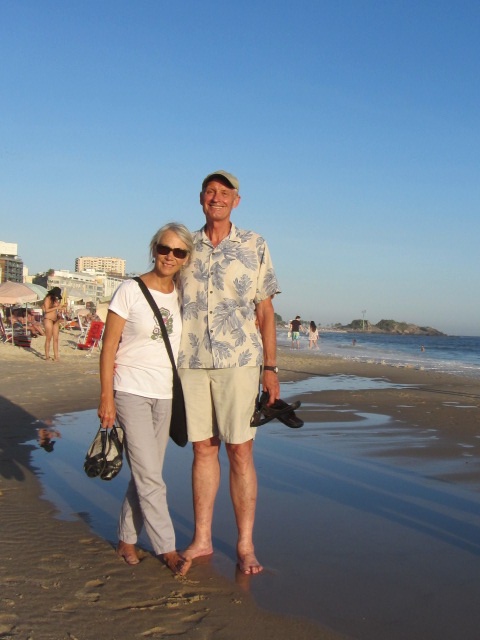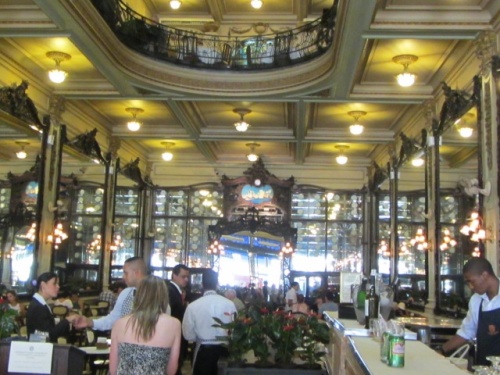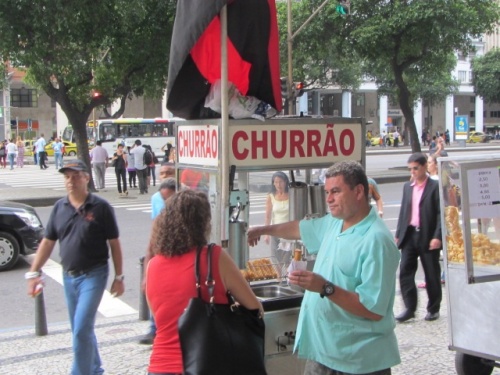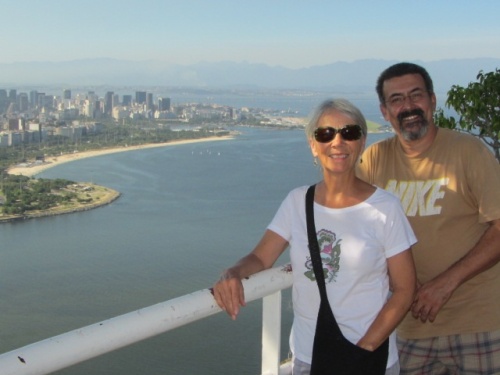¡Que Viva Havana!
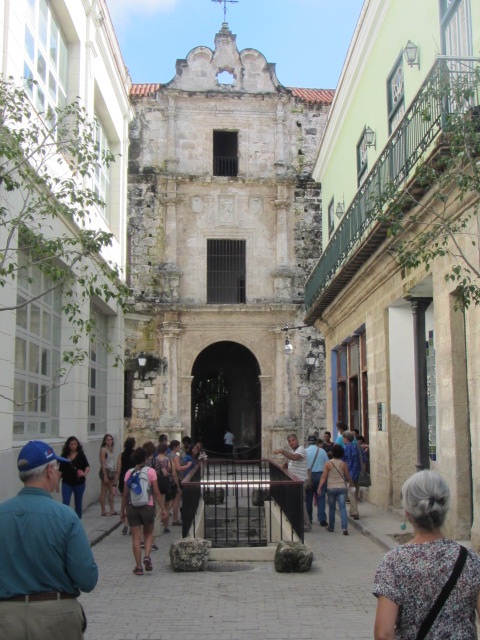 Havana is alive and change is in the air. Here is a street scene in the old city. Buildings are being renovated everywhere you go, tourists stroll, vendors hawk wares, old cars vie for tourist trade as taxis, and sections of the city are ready for you to come visit. Do it soon!
Havana is alive and change is in the air. Here is a street scene in the old city. Buildings are being renovated everywhere you go, tourists stroll, vendors hawk wares, old cars vie for tourist trade as taxis, and sections of the city are ready for you to come visit. Do it soon!
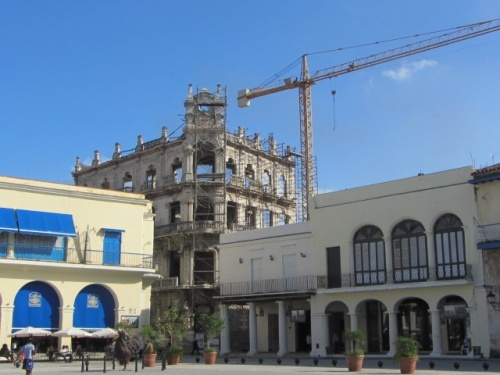 . Semester at Sea made a big splash with its visit to Cuba. It was on their national news, the convoy of busses had police escort everywhere, and people lined the malacon to look at the ship. It was news for sure. So, here are a few glimpses of our three days in town. It had been nine years since the program last visited Cuba. So, as an official welcome, the SAS students climbed the 88 stairs to enter the University of Havana–a symbolic event to the tune of John Lennon’s “Imagine.”
. Semester at Sea made a big splash with its visit to Cuba. It was on their national news, the convoy of busses had police escort everywhere, and people lined the malacon to look at the ship. It was news for sure. So, here are a few glimpses of our three days in town. It had been nine years since the program last visited Cuba. So, as an official welcome, the SAS students climbed the 88 stairs to enter the University of Havana–a symbolic event to the tune of John Lennon’s “Imagine.”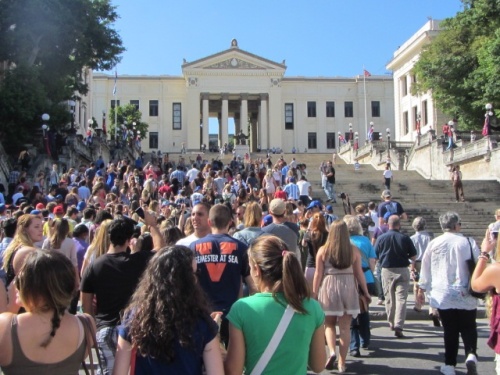 We were lucky to meet up with Lily who is finishing her Phd. in history at the University of Havana. We met her in St. Paul a few years ago when she was a visiting scholar. She invited us to her home for dinner and was a wonderful host for a lovely evening. Here she is with her husband, Arturo, and daughter Rachel.
We were lucky to meet up with Lily who is finishing her Phd. in history at the University of Havana. We met her in St. Paul a few years ago when she was a visiting scholar. She invited us to her home for dinner and was a wonderful host for a lovely evening. Here she is with her husband, Arturo, and daughter Rachel. 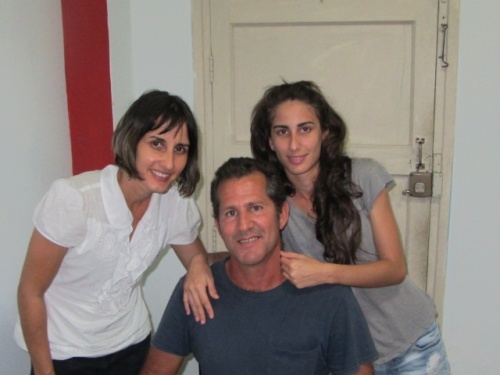 We took a ‘Hemingway tour’ and visited his favorite fishing village and also his home in the hills outside of the city–airy rooms, tile floors, and apart from all the trophy animal heads on nearly every wall, a delightful place from the 1930’s full of his belongings as well as his aura.
We took a ‘Hemingway tour’ and visited his favorite fishing village and also his home in the hills outside of the city–airy rooms, tile floors, and apart from all the trophy animal heads on nearly every wall, a delightful place from the 1930’s full of his belongings as well as his aura.
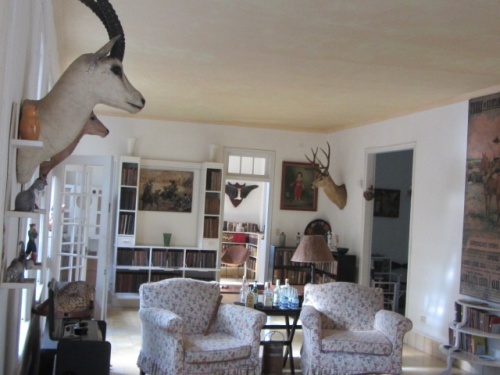
Here are a few of those old cars: 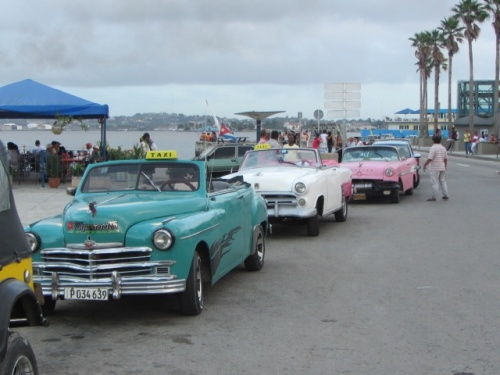 And here we are with a statue of a beloved character from the streets of Havana in the 1960’s and 70’s, misunderstood in his time but now cast in bronze.
And here we are with a statue of a beloved character from the streets of Havana in the 1960’s and 70’s, misunderstood in his time but now cast in bronze.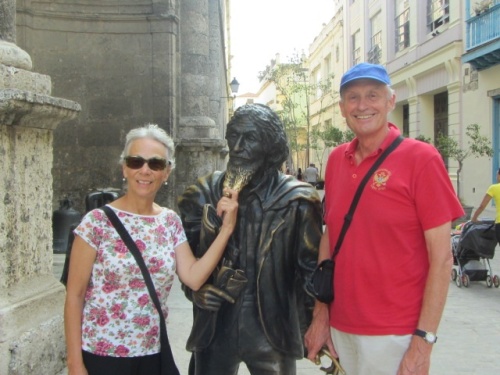
All in all, Havana ended this voyage well. Students met students and they talked and danced together. Spending time with Lily gave us a taste of how hard day to day life is on the current double currency. On our own we enjoyed the old buildings which are beautiful and elegant even as they are also dilapidated. A few restored hotels with Art Deco reception areas, marble columns and stairways, and tall ceilings invite you to come visit before it all changes. Havana is alive with the music and spirit that it is known for, but change is in the air. May it thrive in its own way. ¡Que viva Havana y Cuba! 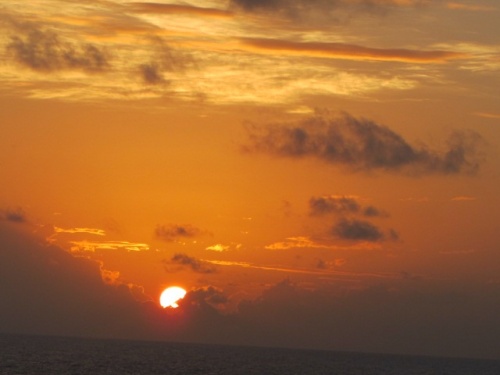 This blog ends Waves2You for now as we set sail for Florida tomorrow and then in just a few more days it is back to St. Paul and home. Thanks for reading along. When the grass is too long under our feet again, I’ll let you know.
This blog ends Waves2You for now as we set sail for Florida tomorrow and then in just a few more days it is back to St. Paul and home. Thanks for reading along. When the grass is too long under our feet again, I’ll let you know.
Bye for now.
